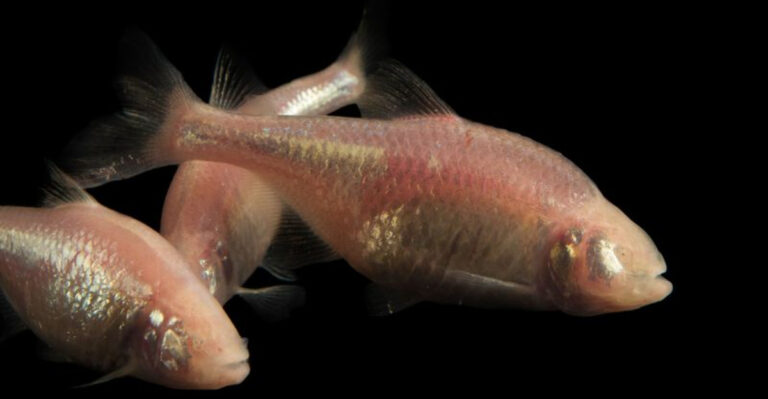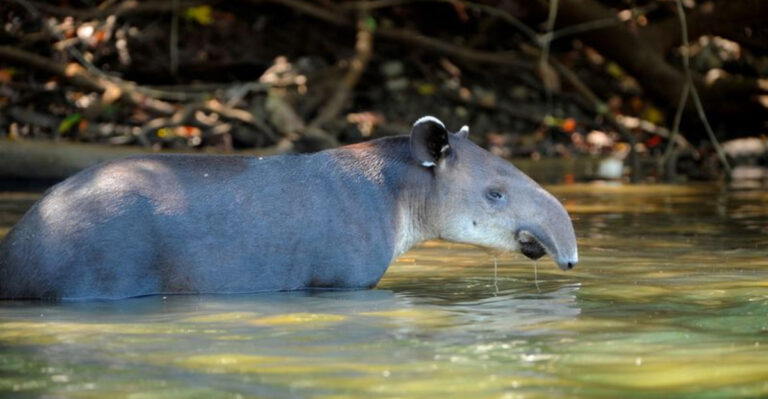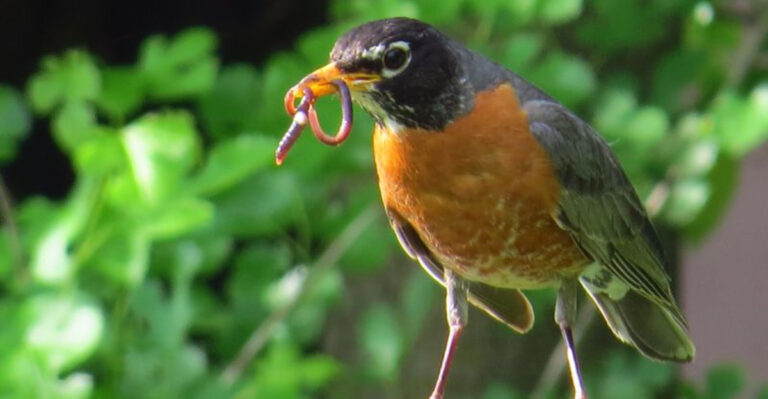Critically Endangered Fish Makes Remarkable Comeback After Overcoming Its Biggest Threat

The Mary River Cod, once teetering on the edge of extinction, is showing promising signs of recovery. This critically endangered fish, native to Australia’s Mary River system, has faced numerous threats over the decades, with invasive tilapia being one of the most devastating.
Recent surveys have revealed unexpected and encouraging developments that might just signal a turning point for this remarkable species.
1. Mary River Cod Shows Remarkable Signs Of Resilience
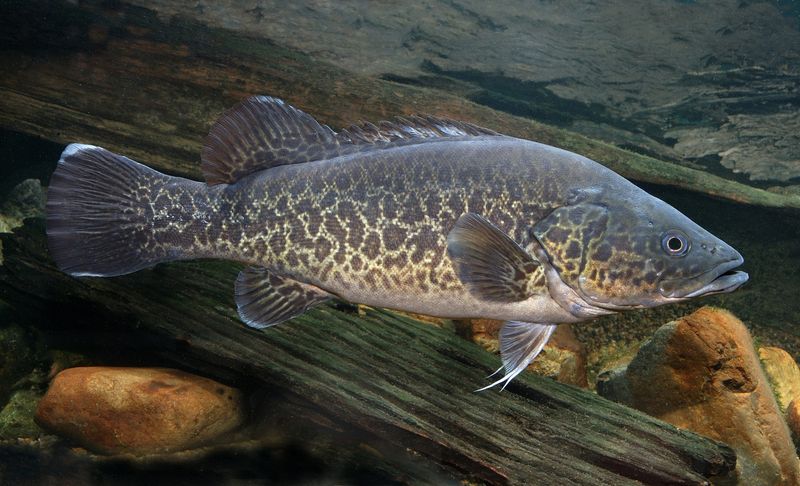
Against all odds, the Mary River Cod population is bouncing back. Recent surveys reveal increasing numbers in previously depleted areas, with juveniles appearing in streams where they hadn’t been seen for decades.
Scientists attribute this resilience to the species’ adaptability and targeted conservation efforts that have improved water quality and habitat protection throughout the river system.
2. A 91cm Mary River Cod: A Rare Sign Of Hope
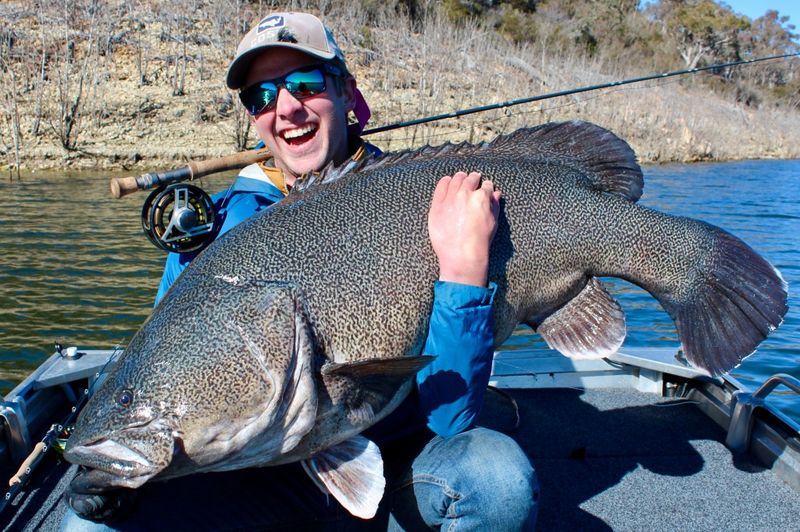
Researchers recently documented a 91cm Mary River Cod—the largest recorded in decades! This massive specimen indicates that some individuals are surviving long enough to reach impressive sizes.
Large cod like this one are vital for reproduction, as older fish produce more eggs and healthier offspring. Finding such a giant predator thriving in the wild has electrified the conservation community.
3. The Battle Against Invasive Tilapia
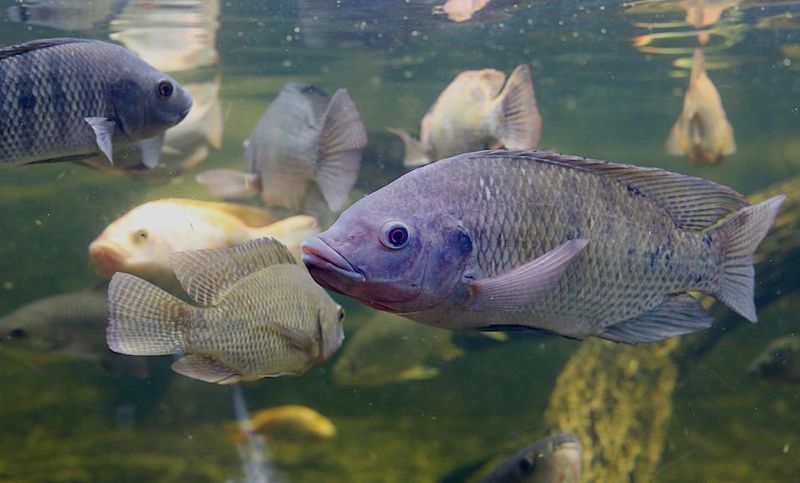
Tilapia remains a formidable enemy in the Mary River ecosystem. These hardy invaders outcompete native fish for resources and reproduce at alarming rates, quickly dominating waterways.
Control efforts include targeted fishing programs, barriers to prevent spread, and community education. Despite these measures, complete eradication seems unlikely, making management the realistic goal for protecting the Mary River Cod.
4. Collaboration For Conservation
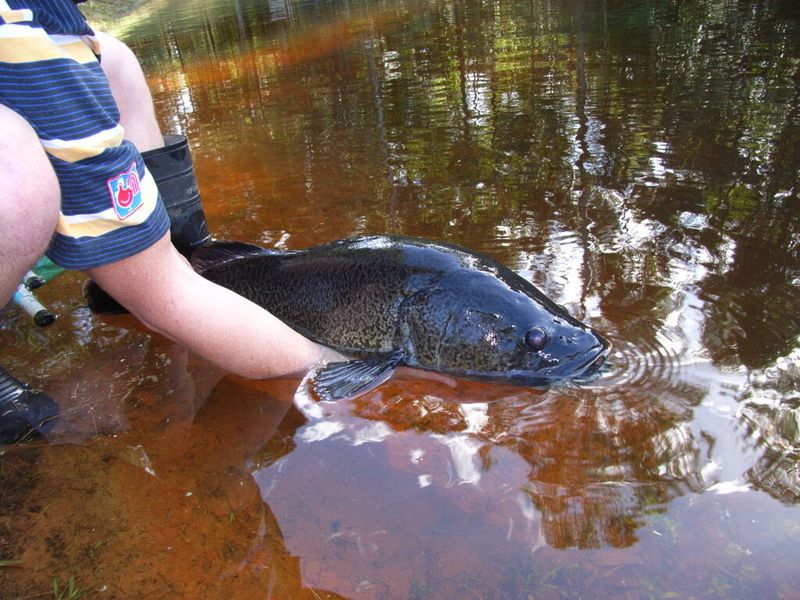
Success stories often begin with teamwork. The Burnett Mary Regional Group has joined forces with government agencies, universities, and local communities in a unified conservation approach.
These partnerships facilitate comprehensive surveys, habitat restoration projects, and breeding programs. By pooling resources and expertise, these collaborative efforts have created a stronger safety net for the endangered cod.
5. Mary River Cod And Tilapia
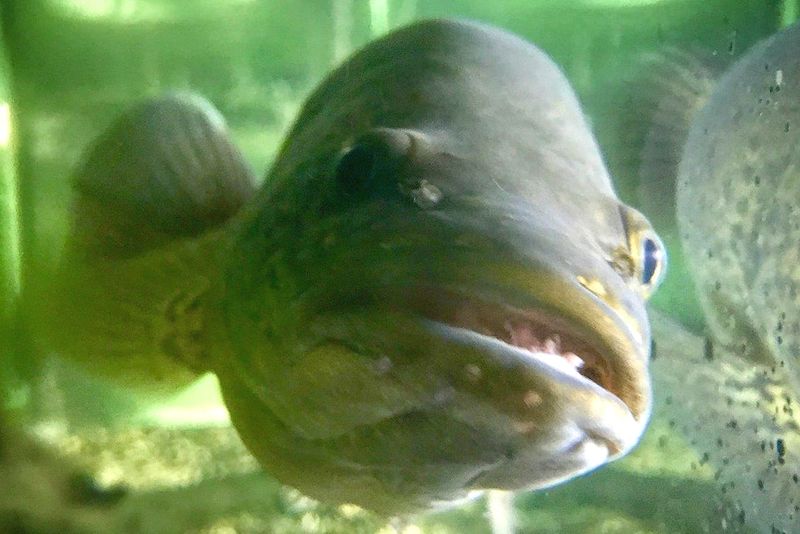
Nature sometimes provides its own solutions. Surprisingly, Mary River Cod have developed a taste for invasive tilapia, incorporating them into their diet as a major food source.
This unexpected predatory relationship may help control tilapia populations while providing abundant food for the cod. Researchers are now studying whether this natural control mechanism could be enhanced through conservation strategies.
6. But Still A Growing Threat To Native Fish
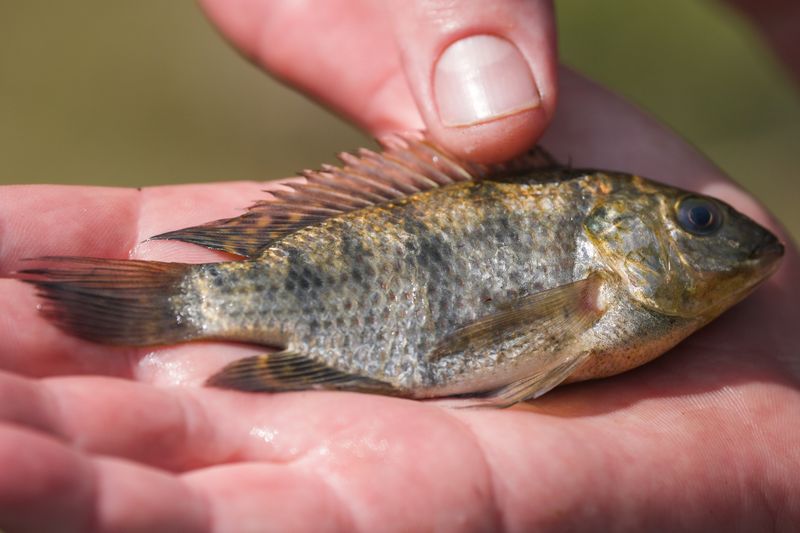
Tilapia’s aggressive colonization continues to reshape the Mary River ecosystem. Originally introduced in the 1970s as aquarium fish, these invaders now dominate many sections of the river system.
Their feeding habits destroy aquatic vegetation and stir up sediment, degrading water quality. Combined with their rapid reproduction rate, these factors create a hostile environment for native species like the Mary River Cod.
7. New Data Reveals Positive Trends
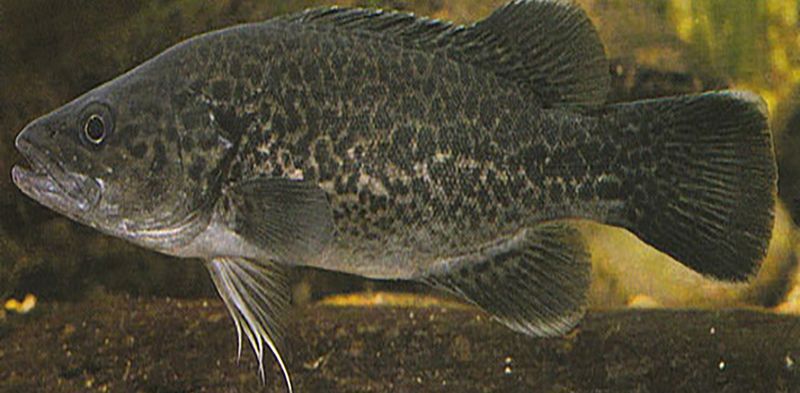
Fresh survey data brings welcome news for conservationists. Mary River Cod populations show modest but consistent growth in several monitored sections of the river system.
Particularly encouraging is the presence of multiple age groups, indicating successful breeding in the wild. While still critically endangered, these positive trends suggest that recovery efforts are beginning to yield results after decades of decline.
8. Key Findings From Recent Catchments
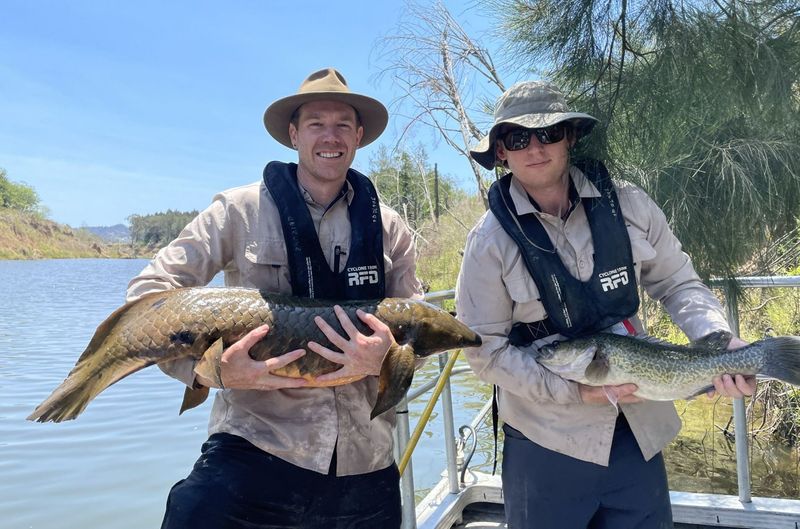
Recent catchment surveys yielded fascinating discoveries. Two captured Mary River Cod had tilapia in their stomachs, confirming the predatory relationship between these species. Additionally, researchers found cod in previously unoccupied tributaries, suggesting population expansion.
These findings provide valuable insights into the cod’s behavior, diet, and habitat preferences, helping refine conservation strategies for maximum effectiveness.
9. Why The Mary River Cod Is Essential To The Ecosystem
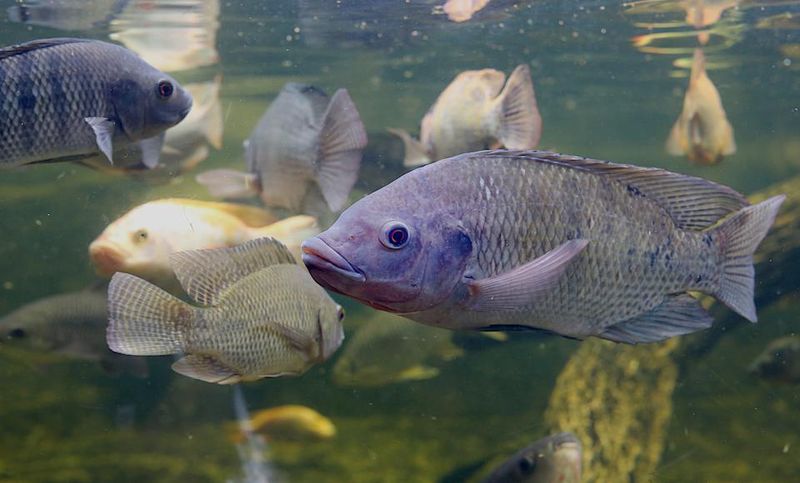
As apex predators, Mary River Cod maintain ecological balance. Their presence regulates prey populations and prevents any single species from dominating the ecosystem. When cod populations declined, the entire food web suffered disruption.
Small fish populations exploded unchecked, aquatic insects faced increased predation, and invasive species gained footholds. Restoring cod numbers helps heal these imbalances throughout the river system.
10. Recovery Or Setback?
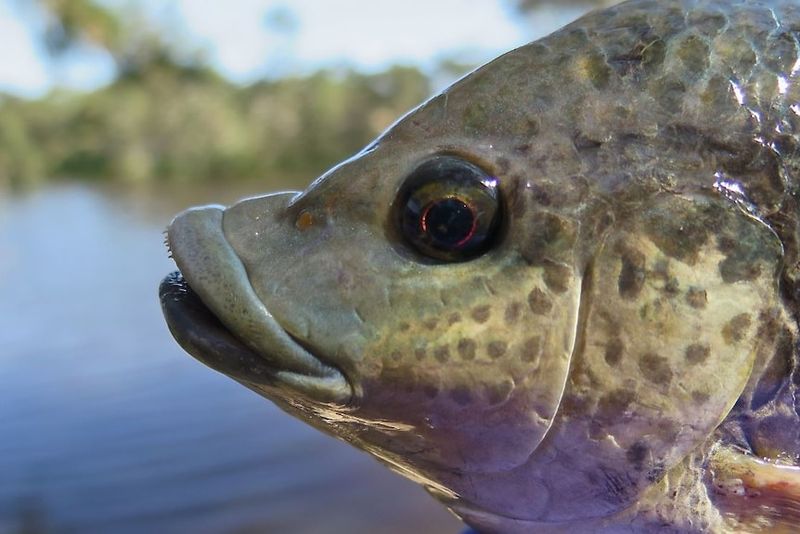
The cod’s appetite for tilapia creates a fascinating ecological puzzle. While cod benefit from this abundant food source, scientists worry they may become dependent on tilapia.
If tilapia were successfully controlled, would cod populations suffer? This complex relationship highlights the challenges of managing interconnected species. Conservation strategies must now consider both controlling invasives and ensuring cod have alternative food sources.
11. The Mary River Cod’s Struggle
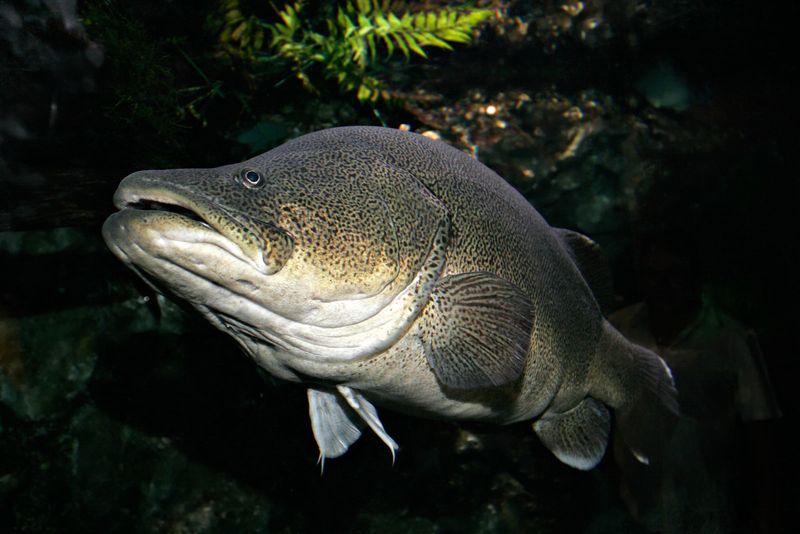
The road to recovery remains challenging for the Mary River Cod. Beyond tilapia, these endangered fish face multiple invasive competitors including carp and gambusia. Habitat degradation from agriculture and urban development compounds these challenges.
Yet the cod’s remarkable adaptability offers hope—they’ve survived drought, floods, and habitat changes, showcasing a resilience that conservation efforts aim to support.
12. Conservation Efforts Bring Cautiously Optimistic Results
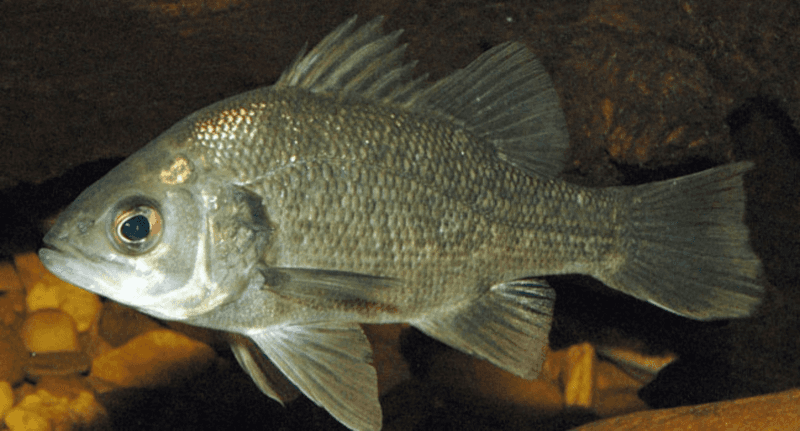
After decades of dedicated work, conservationists are finally seeing rewards. Breeding programs have released thousands of juvenile cod into the wild, with improving survival rates.
Habitat restoration projects have created more suitable environments for these native predators. While recovery remains fragile, each new generation of wild-born cod represents a small victory in the ongoing effort to pull this iconic Australian species back from the brink.

